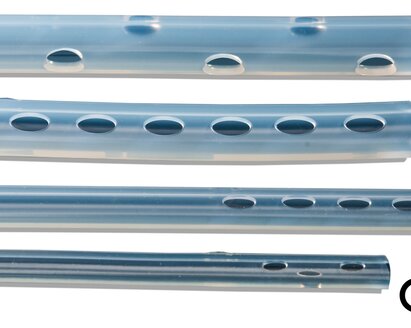You are currently viewing:
Medela - English
You can select an alternative Medela website in one of these countries:
Please choose
Please choose
Global
Australia
Austria
Belgium
Brazil
Canada
China
Denmark
France
Germany
India
Italy
Japan
Luxembourg
Netherlands
New Zealand
Norway
Poland
Portugal
Spain
Switzerland
Sweden
UK
United States of America
You can select an alternative Medela website in one of these countries:
You can select an alternative Medela website in one of these countries:
Solutions
View all

Chest Drainage
Medela has set new standards with Thopaz+ for healthcare professionals to make informed decisions based on precise drainage data

Professional Vacuum Systems
Looking for professional vacuum solutions? Medela offers tailored solutions in fluid collection, surgical and airway suction and vacuum assisted delivery.
Insights
View all
Solutions

Chest Drainage
Medela has set new standards with Thopaz+ for healthcare professionals to make informed decisions based on precise drainage data

Professional Vacuum Systems
Looking for professional vacuum solutions? Medela offers tailored solutions in fluid collection, surgical and airway suction and vacuum assisted delivery.
Insights






